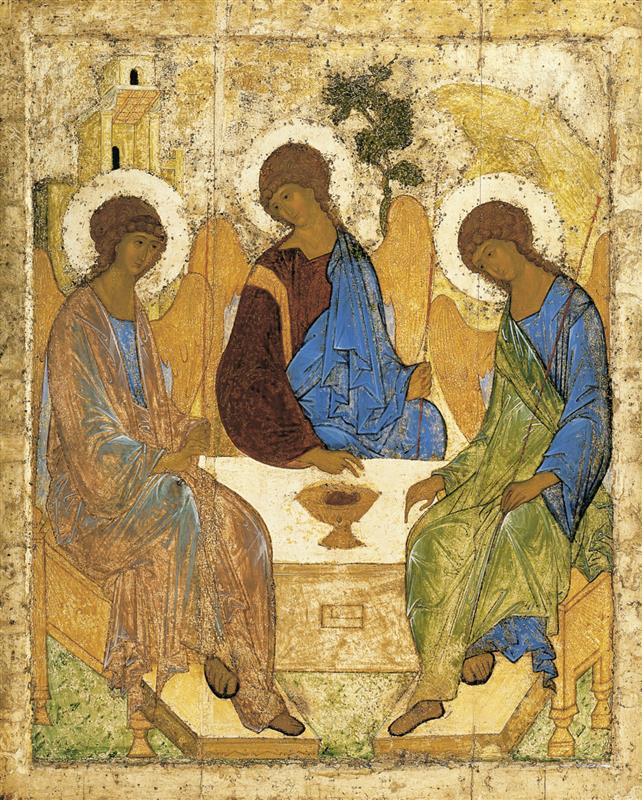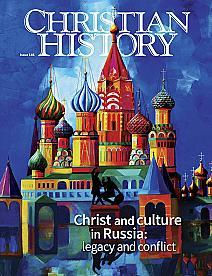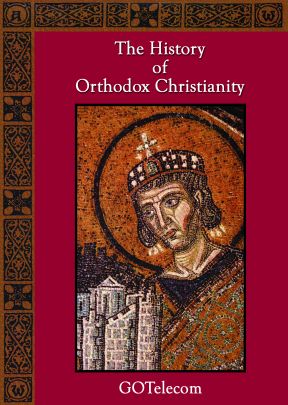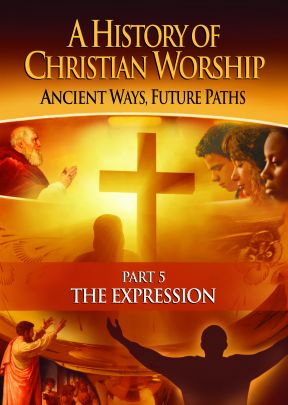ANDREI RUBLEV IS REVERED AS RUSSIA’S GREATEST ICON PAINTER

[ABOVE—Rublev, The Trinity (Hospitality of Abraham) public domain, www.wikiart.org/en/andrei-rublev/trinity]
ALTHOUGH ANDREI RUBLEV is considered medieval Russia’s greatest painter of icons and Christian frescoes, we know little about him. His date of birth may be anywhere in the decade between 1360 and 1370. Only one surviving painting is identified as his with certainty—the Holy Trinity Icon. Even his date of death, this day, 29 January 1430, at the Andronikov Monastery in Moscow, is merely a probability. Some think he died as early as 1427.
By some accounts Rublev was born in Pskov. Accounts say he was of a bright and joyous disposition. While a youngster he visited the Holy Trinity Monastery where Igumen [Abbot] Sergius of Radonezh impressed him. Rublev became a novice there under Nikon, Sergius’s successor.
At an unspecified date before 1405, Rublev transferred to Moscow’s Spaso-Andronikov Monastery. Under the tutelage of Theophanes the Greek and Prokhor of Gorodets, he improved his skills as an iconographer and assisted in painting the murals of the Cathedral of the Annunciation in 1405. In 1408, he and a fellow monk, Daniil Cherni, painted the frescoes for the Dormition Cathedral in Vladimir (also known as the Vladimir Cathedral of the Assumption). Because these deteriorated and were poorly restored in the twentieth century, art scholars cannot estimate the quality of this work.
Nikon invited his former novice along with Cherni to paint the frescoes in the monastery of the Holy Trinity which had been rebuilt after Tatars destroyed it. That is when Rublev painted (or “wrote,” as Orthodox theology has it) his masterpiece, the Holy Trinity, also known as the Hospitality of Abraham. Genesis 18 tells that Abraham was visited by three angelic beings for whom he prepared a meal. Rublev considered the three visitors as representative of the Christian Trinity. Consequently, he removed Abraham and Sarah from the picture to focus on the mystery of Father, Son, and Holy Spirit.
His very last painting (if indeed it is his) was The Entombment, painted for the Holy Trinity monastery in 1427. As a whole his work is imbued with serenity.
Later generations imitated his style and the Russian Orthodox Church declared him a saint. His feast is celebrated either on 29 January or 4 July. Soviet filmmaker Andrei Tarkovsky based a 1966 film on Andrei Rublev’s life.
—Dan Graves
-------------
For more on Russian Christianity, consult Christian History #146, Christ and Culture in Russia, especially "Beyond Copies"
For more on the Orthodox Church, see History Of Orthodox Christianity
(The History of Orthodox Christianity can also be streamed at RedeemTV)
For more on art in Christianity, watch A History of Christian Worship: Part 5, The Expression
A History of Christian Worship - Part 5 - The Expression can also be streamed at RedeemTV








